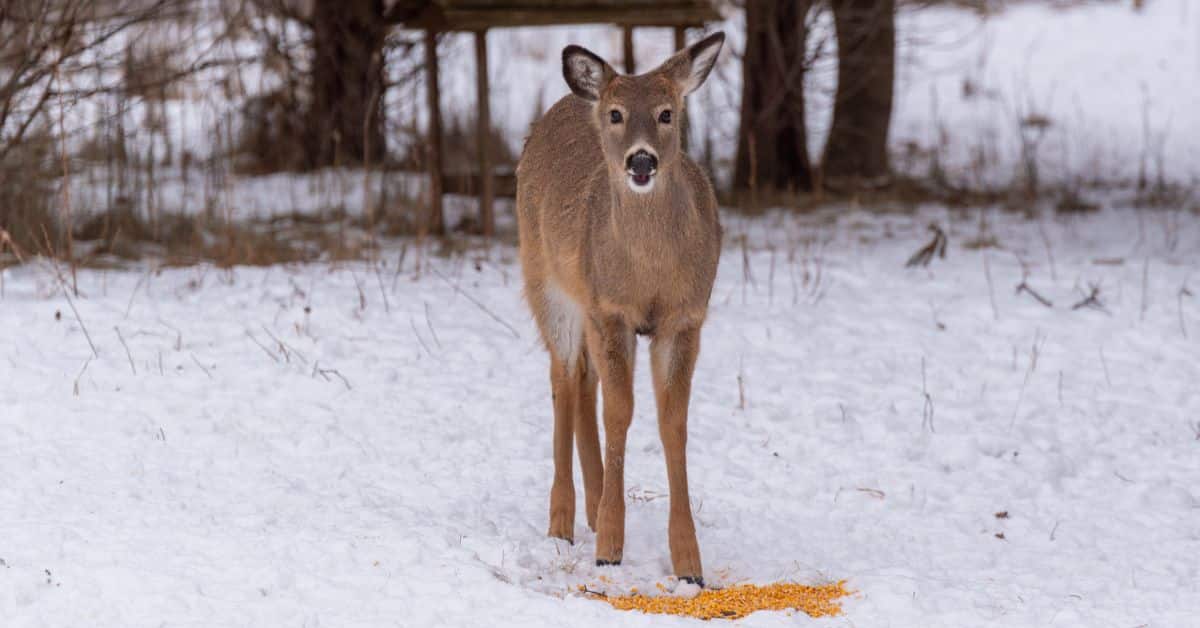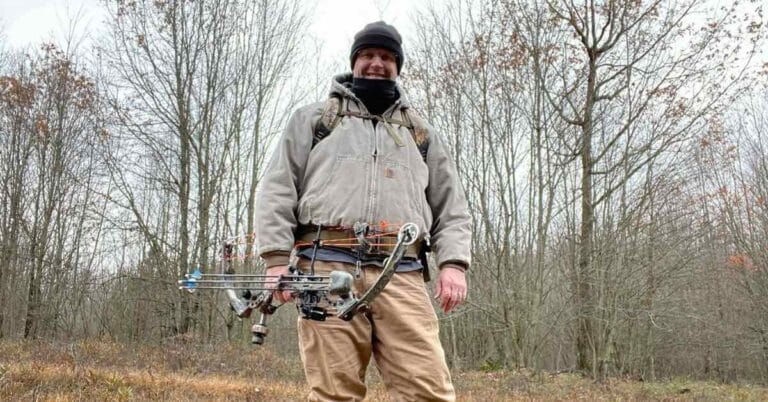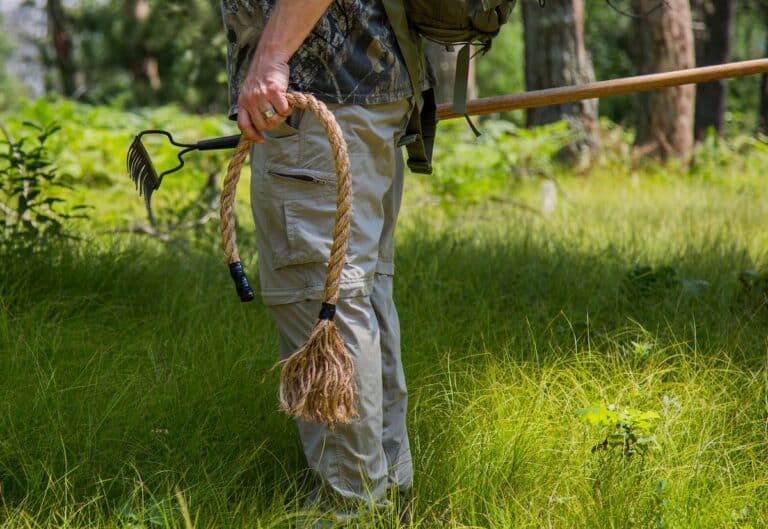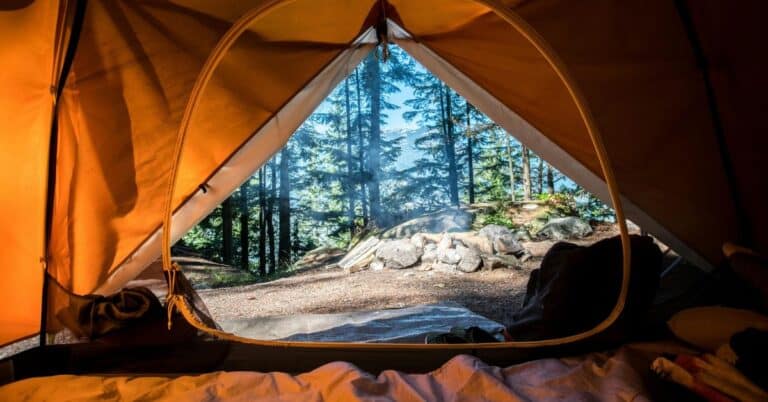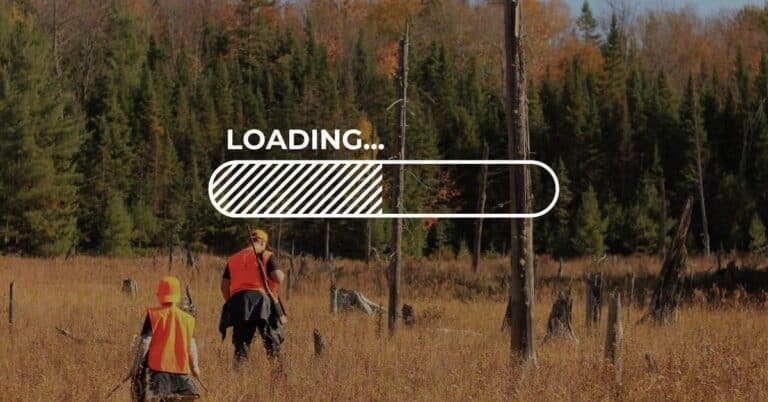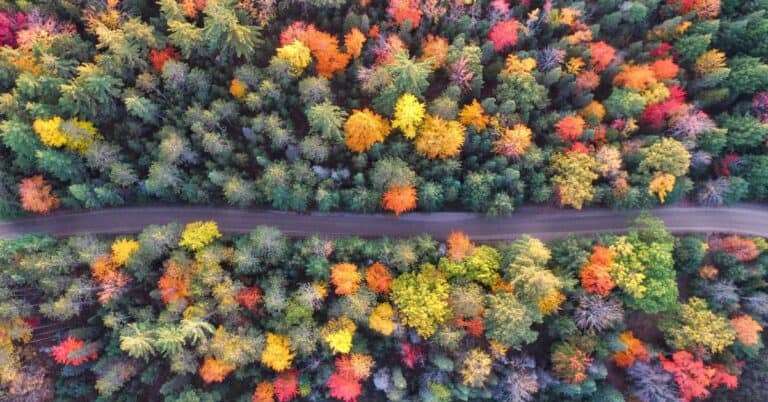The Best Bait for Whitetail Deer and Attracting Big Bucks
Have you been reading various opinions about baiting for deer? Do you want to try baiting but have read so many ideas, that now you don’t know where to start? The best bait for whitetail deer is going to depend on your area. Deer hunting is not just a sport; it’s an art that requires strategy, patience, and knowledge. As a Michigan hunter on public land, I’ve tried a lot of bait options with varying success.
The Bait Debate
Baiting deer is a controversial topic with strong opinions on both sides. One of the most debated topics among hunters is baiting. While some argue about the ethics, the reality is that many hunters rely on baiting to increase their chances of a successful hunt. In this comprehensive guide, we’ll explore various baiting techniques, tips from seasoned hunters, and the best practices for baiting to attract mature bucks during daylight hours.
However, for those who choose to bait, the goal is to use the most effective methods to attract deer, especially big bucks, to your hunting area. Whether you hunt on private land or public property, understanding the best bait and placement strategies can make a significant difference.

What is the Best Bait for Whitetail Deer?
One of the most common baits used for deer hunting is shelled corn. Deer have a strong palate for corn. Soybeans are another good option. Together, they can bring in a lot of deer. If you really want to entice the deer with a good plate of food, you can mix in some molasses with the corn. You can even buy corn that has molasses mixed in with it. But let’s go into more detail about the best bait options for deer.
Corn
Corn is one of the most popular and effective baits for deer. It’s readily available, affordable, and highly attractive to deer. Scattered corn can bring in deer from large areas, making it a staple for many hunters.
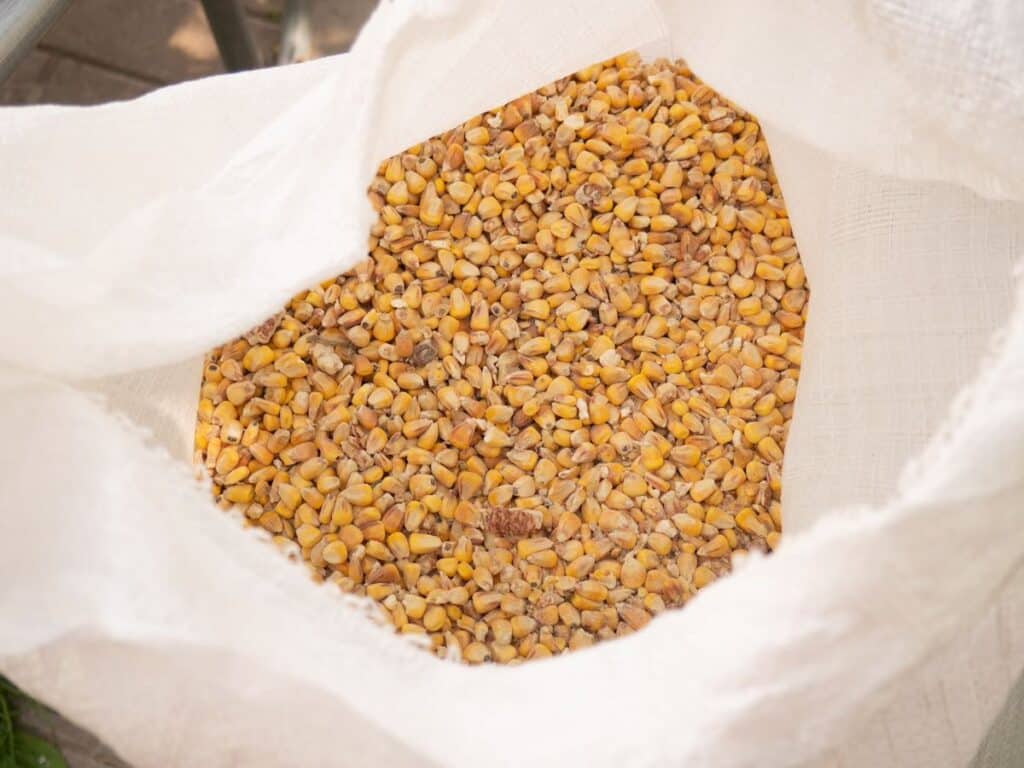
Sugar Beets
In Michigan, sugar beets are another favorite bait. Everything in the woods goes nuts for them. They are especially effective in attracting deer during late winter when other food sources are scarce.
Peanuts in Their Shells
Peanuts are another excellent bait option. Their high protein content makes them a nutritious choice, and deer find them irresistible.
Apples
Like most foreign material, it might take a week or so for the deer to figure them out, but they love apples. Cutting them into large slices or chunks will speed up the discovery process, as it helps disperse the aroma and make it easier for deer to take a first nibble. A pile of apples can be very effective in attracting deer.
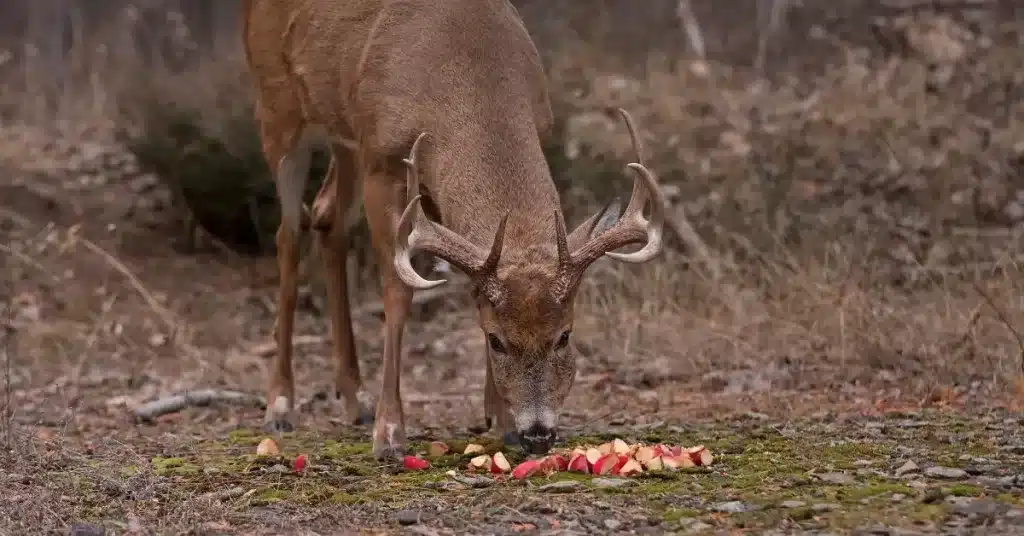
Peanut Butter
I have seen some plots where it took a couple of weeks for the deer to get used to it, but they love the stuff. Sometimes I spread it on a log and lay it in the middle of a food plot. The ninja way to do it is to buy a big plastic jar, cut a hole in the bottom, and leave a “lip” to retain the solid peanut butter. Screw or nail the lid to a tree, then screw the jar into the lid. If you aren’t too far north, the peanut butter will warm enough in the afternoon sun to ooze out of the jar over several weeks, creating a “lick” for the deer.
Acorns
White oak trees produce sweet acorns and are a natural food source for deer. Rake up acorns from your yard, particularly white oak acorns, and use them as bait. Ask a friend or neighbor who has oak trees. You can also purchase them online, but they are a little expensive. Store them in a cool, dry place.
Acorns come from various oak trees and are recognizable by their cap-like structure. They are packed with energy and nutrients, making them an excellent food source for deer. Acorns provide fats, carbohydrates, and proteins essential for deer, especially in colder months. Deer naturally seek these areas, making them ideal for baiting and hunting.
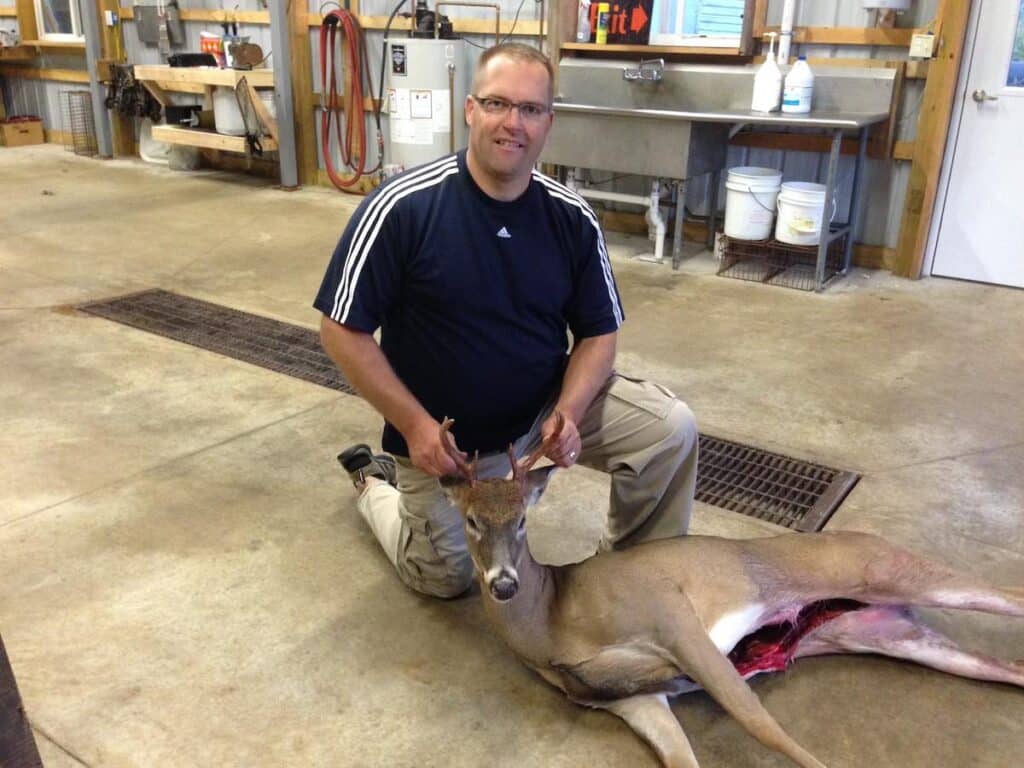
Once, I was able to get two 5-gallon buckets of acorns from a neighbor who was raking them up and just going to throw them away. A few days later, I went hunting on a family member’s farm, which had a soybean field. I decided to bring the acorns along. I spread them out about 25 yards away in the soybean field, then took cover near the edge of the woods. This was prior to baiting becoming illegal in Michigan’s lower peninsula.
As sunset approached, a buck emerged from the wood line and headed straight for the acorns as if he knew they were there all along. I managed to shoot the buck, a 6-pointer, but realized I made a couple of mistakes. My setup was off, and the wind shifted, carrying my scent towards the field. Despite this, the acorns’ scent was strong enough to attract the deer quickly.
Custom Recipes for Sweet Treats
There are even some sweet treat ideas that are more of a mineral lick. These would be a mixture of salt, brown sugar, Kool-Aid powder (preferably cherry or grape), baking soda, and a couple of packages of Jello mix. You put all that in a 5-gallon bucket, mix it up until it’s all combined, and then pour it out on the ground. It’ll attract the deer, and even after it’s all gone, deer will continue to paw at the ground, digging a hole to try to get all of the trace minerals out that remain.
Mineral Licks and Sites
The salt-based types are marketed as bait, but it’s somewhat misleading. Deer do love them, but they are mainly focused through the warmer months. Applied liberally in the spring, a hole big enough to swallow a VW will be there by hunting season. I like to put the stuff on stumps so I can see them get dug out over the following months. The timing is also imperative if the purpose is to provide minerals to supplement antler growth. Too many hunters deploy them in the fall when the antler growth has already occurred, and deer just aren’t as interested. This is another example of the abundance of false marketing that seems to plague this sport.
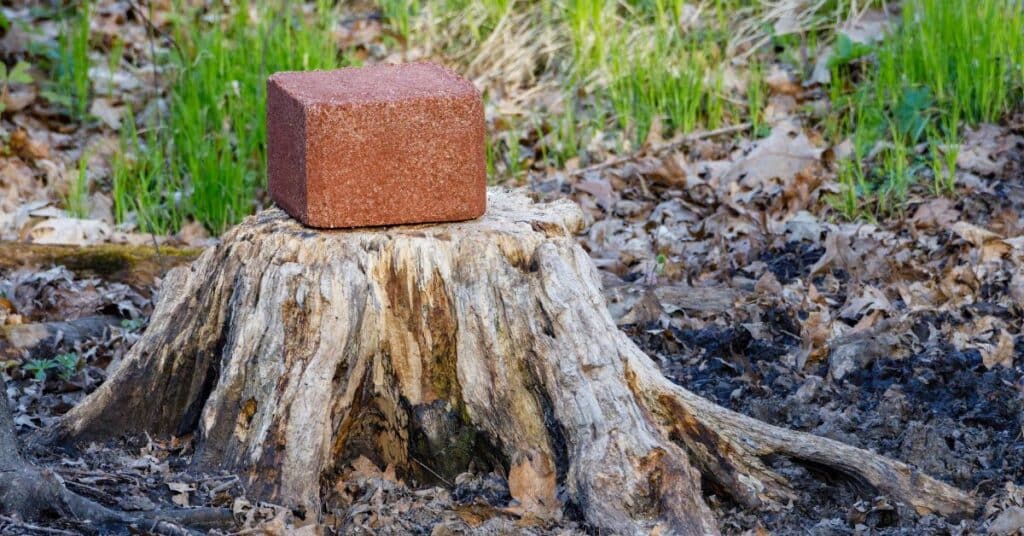
Deer Pellets
Deer like them, but I have found no advantage over corn or soybeans in terms of deer preference. In two decades of use, I have also seen little evidence of enhanced antler growth, as some advertise.
Sugar Daddy’s
That’s right, this trick is an oldie but goodie. Hang Sugar Daddys from branches at eye level for deer. They will lick them for days. The huge novelty types work best. It’s better to hang one big one and let them get used to it than to continuously replace small ones and risk leaving more human scent behind.
Food Plots and Agricultural Crops
The best food plots are crops with corn, rye grass, clover, alfalfa, and soybeans. They are excellent for providing nutrition and creating social areas for deer. These plots can be as attractive as a trendy restaurant, drawing in does and, subsequently, big bucks.

Where Should You Set Up a Bait Site?
For your bait, what seems to work ideally is to establish a distance from where you are hunting. I noticed that older, dominant bucks are elusive, especially when hunting over bait. Selecting the right location and method for placing bait is key to attracting deer, especially mature bucks, during daylight hours.
Avoid hunting directly over the bait pile. Although it increases shot opportunities, it makes it difficult to exit the area without spooking deer. Instead, place the bait at a distance from your hunting spot to prevent deer from detecting your presence.
Finding the Perfect Bait Site
Choose a spot close to good cover or their bedding area, such as thick brush or wooded areas, which provides deer with a sense of security. Ensure the site is easy to access without spooking deer. Older bucks tend to be more cautious and may only approach bait sites during low-pressure times, such as the rut or early season. Pay attention to wind direction and deer behavior to increase your chances of success.
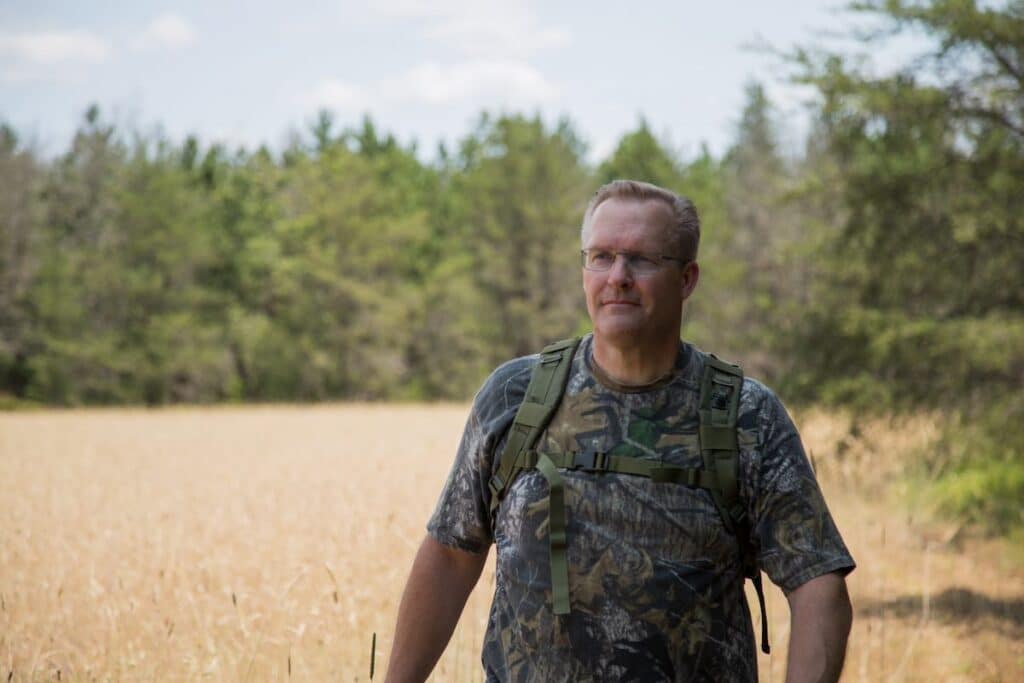
Check Baiting Laws
Ensure the bait site is legal for baiting in your area and located in a place with high deer traffic. Check local regulations, as baiting rules vary widely by region. Michigan regulations allow baiting and feeding in the upper peninsula but not the lower peninsula. If your state bans baiting, check and see if you can use deer scents instead. Then check out my other articles about building mock scrapes with deer scents and other deer attractants that might be legal.
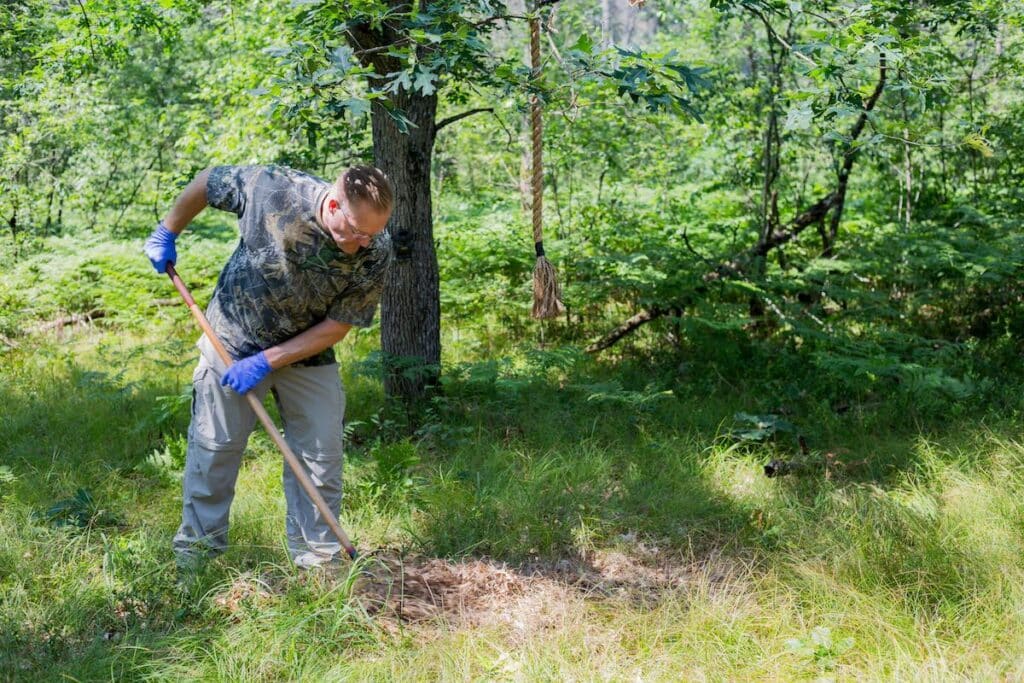
Public Land vs. Private Land
Hunting on public lands can be productive but requires careful scouting and strict compliance with regulations. These areas often see more pressure from other hunters, so finding a good habitat that is less traveled can be beneficial. Look for natural funnels, travel routes, and bedding areas where deer are likely to move.
Private land offers more flexibility and control over baiting strategies. You can establish permanent bait stations and monitor deer activity over time. On your own property, you can experiment with different bait types and placement methods to see what works best.
How to Set Up and Spread Deer Bait
Placing Bait
Scatter bait rather than piling it up to reduce the risk of disease transmission and encourage natural foraging behavior. A spread-out bait site makes deer move around, which can provide more shooting opportunities. You want to cascade it about on the ground rather than just dumping it in a pile. By cascading, it’s like using a fertilizer spreader and spreading it out over a 15 by 15-foot radius. This makes the deer move around and work for it, possibly putting you in a better position for a shot.
Bait Piles
It’s not recommended to make piles of bait. It’s important to think about the risk of Chronic Wasting Disease (CWD). Making big piles of bait can help spread CWD among deer because it brings them close together while they eat. This can be one of the biggest mistakes hunters can make in their area. Close contact makes it easier for the disease to spread through saliva, urine, and feces.
Gallon Bucket
Use a 5-gallon bucket to mix and transport bait easily. This method allows you to blend different baits like corn, molasses, and minerals into a cohesive mixture.
Use Natural Barriers
Utilize natural barriers like hay bales, brush piles, or rock piles behind the bait. This forces deer to turn broadside, offering a better shot angle and reducing the chance of detection. Jeff Sturgis talks about proven baiting strategies on his YouTube channel Whitetail Habitat Solutions channel.
When to Start Baiting
The effectiveness of baiting varies with the season and time of day. During dawn and dusk, when deer are most active, adjust your bait types and strategies accordingly. In late winter, high-calorie baits like corn and sugar beets are more effective, as they provide essential energy when natural food sources are scarce.
One effective baiting strategy is to offer deer a bait option that isn’t naturally available at the time of the season. Adding acorns to your bait pile after they are naturally gone for the season could change their behavior in the blink of an eye. For bow season, use baits that are particularly appealing during the archery season. Corn will always be my first choice for baiting. It also lasts longer than carrots or apples. Sugar beets are also a good option for long-lasting bait later in the season.
Favorite Bait for Deer Hunting
If you’re a brand new deer hunter on public land, start with a simple but effective option. I would recommend using a 50-pound bag of corn drizzled with molasses over the top. This combination will draw in the best deer.
Where to Buy Corn and Molasses
You can purchase corn and molasses from feed stores, agricultural supply stores, and even online retailers. However, buying from a local co-op supports your community and often ensures fresher, better-quality products.
Farmer’s Co-ops
One of the best places to buy corn and molasses is at a local farmer’s co-op. These cooperatives are community-based organizations that offer a wide range of agricultural supplies, including deer feed. The one I like to shop at is Farmer’s Co-Op Elevator.
Farmer’s co-ops often provide high-quality products at competitive prices. Additionally, the staff at these co-ops are usually knowledgeable and can offer valuable advice on the best bait options and strategies for your specific location. They can also help you determine the right amount of bait to use and the best time of year to deploy it.
Good luck and happy hunting!
Baiting is a powerful tool in a deer hunter’s arsenal, but it requires careful consideration and strategy. By understanding the best bait options, effective placement techniques, and utilizing resources like farmer’s co-ops, you can increase your chances of attracting mature bucks and having a successful hunting season. Remember, the key is to create an environment that deer find irresistible while minimizing your presence to avoid spooking them.

